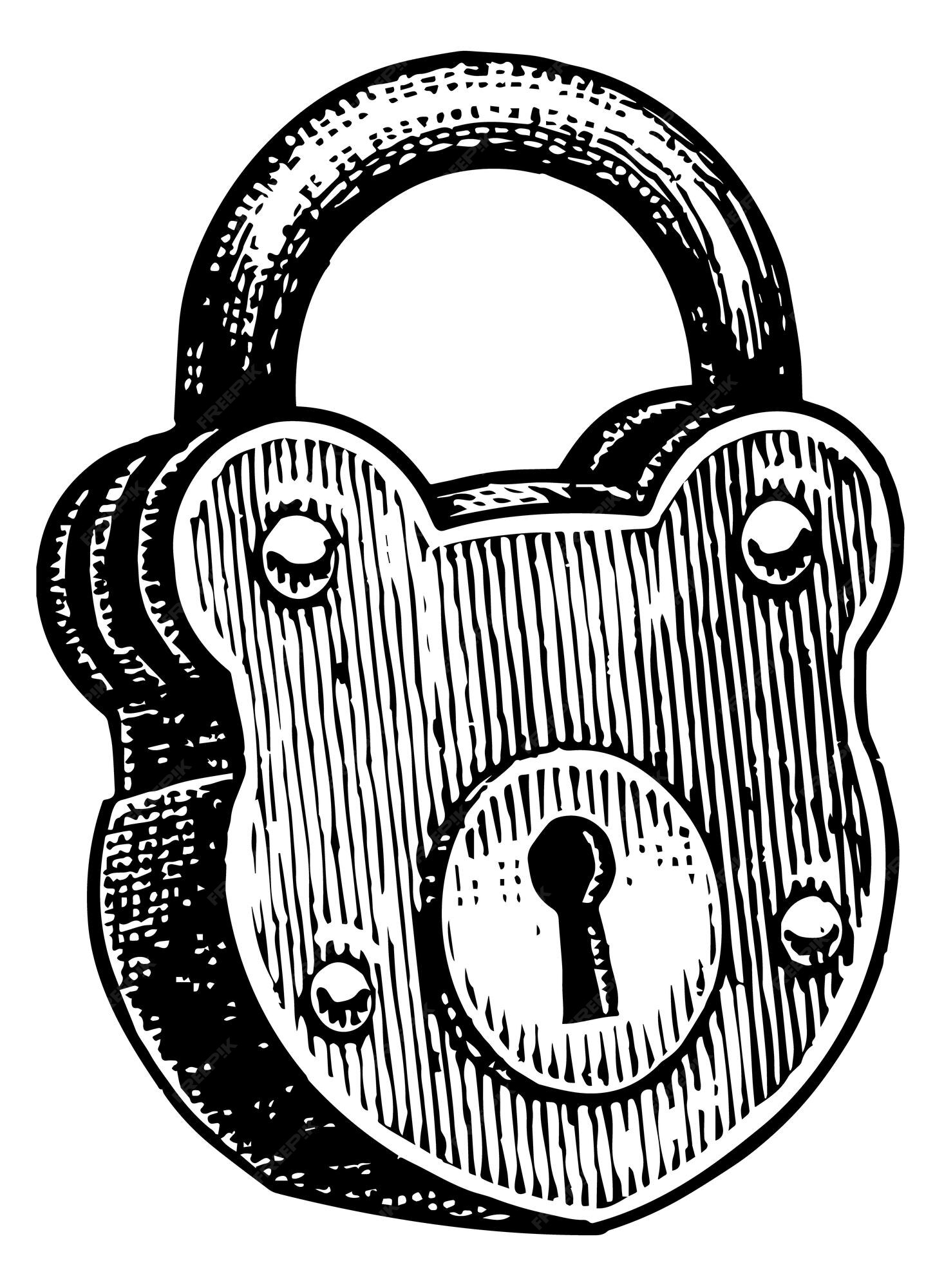The Science Behind Security Ink: From Invisible to Visible

In today’s world, where counterfeiting and fraud are rampant, security ink plays a crucial role in protecting important documents, products, and brands. While many people associate security ink with invisible ink, the reality is that there are various types of security inks, both visible and invisible, that serve different purposes. In this article, we will explore the science behind security ink, its uses, detection methods, and the advancements in inkjet technology that have revolutionized the security ink market.
Understanding Security Ink
Contrary to popular belief, security inks are not always invisible. While invisible ink is one of the applications of security ink, there are also visible security ink solutions. For example, passports often use photosensitive ink that is visible to the naked eye but changes color or disappears under UV light. Similarly, US passports have the letters “USA” printed with a security ink that appears gold from one direction and green from another1.
The applications of security inks go beyond protecting passports and paper currency. They are used in concert and sports tickets, coupons, high-dollar branded products, prescription medicine bottles, and lottery tickets1. With such a wide range of applications, security ink not only protects consumers from forgers but also prevents fraud, deception, and physical harm.
Invisible Ink: How Does it Work?
Invisible ink, as the name suggests, is designed to be undetectable to the naked eye. While traditional inks derive their color from dyes and pigments, invisible inks are formulated to be naked to the visible eye for security purposes. To achieve invisibility, these inks often contain taggants, which are microscopic particles that react to specific equipment, such as UV, infrared, or near-infrared light, at a particular wavelength1.
The detection of invisible ink requires specialized equipment that can read the taggants’ reactions. For example, fluorescent inks can be detected using blacklight, while thermochromic inks require a temperature change to become visible. Some invisible inks can even be revealed using smartphone apps. However, most invisible inks remain undetectable without the appropriate equipment2.
Creating Security Inks for Custom Applications
The creation of security ink for a specific application involves several considerations by ink manufacturers. They must take into account the substrate on which the ink will be printed, the operating conditions, the desired visibility properties, the detection mechanism, the required security level, and the printing equipment or technology to be used1.
By understanding these factors, ink manufacturers can develop security ink formulations that meet their customers’ privacy and crime prevention needs. Collaboration between ink manufacturers, printers, and security companies is often necessary to create a comprehensive security solution. Additionally, the machine used to activate the taggant and verify ink authenticity is also a crucial component in the security ink ecosystem1.
Inkjet Technology: Revolutionizing Security Ink Printing
While security inks have been in use for a long time, advancements in inkjet technology have significantly expanded their availability and capabilities. Inkjet printing allows for customization on an individual level, as it requires minimal setup time. This means that each printed item can have unique security ink elements, such as SKU markings on pharmaceutical bottles, which help identify theft and counterfeiting at all stages1.
The adoption of inkjet technology in security ink printing offers several advantages. First, it reduces printer downtime, allowing for faster production and increased efficiency. Second, it expands production line capabilities, enabling the integration of security ink printing seamlessly. As more companies adopt safety measures like security ink, consumers benefit from enhanced protection against fraud, crime, and harm1.
The Future of Security Ink
The security ink market shows promising growth, with expectations of achieving a compounded annual growth rate (CAGR) of 4% through 2027, reaching a total value close to $1 billion1. This growth is driven by the increasing need for enhanced security measures in various industries and the continuous advancements in inkjet technology.
As counterfeiting methods become more sophisticated, the demand for innovative security ink solutions will continue to rise. Ink manufacturers and printers will play a crucial role in developing and implementing these solutions to protect brands, products, and consumers from the threats posed by counterfeiters and fraudsters.
Conclusion
Security ink is a powerful tool in the fight against counterfeiting, fraud, and deception. Whether it’s invisible ink that remains undetectable to the naked eye or visible ink with unique properties, security inks serve a vital purpose in protecting important documents and products. With advancements in inkjet technology, the possibilities for customization and integration of security ink have expanded, providing businesses and consumers with enhanced security and peace of mind.
To stay ahead in the battle against counterfeiters, ink manufacturers, printers, and security companies must continue to collaborate and innovate, developing new and improved security ink solutions. As technology evolves, security ink will continue to evolve, ensuring that the invisible becomes visible to those who need to detect it.

